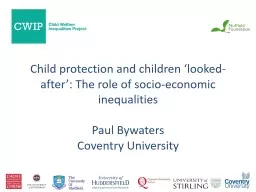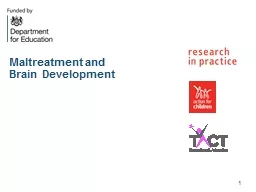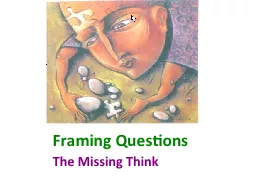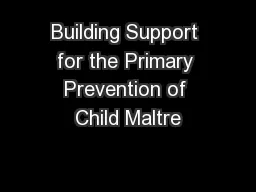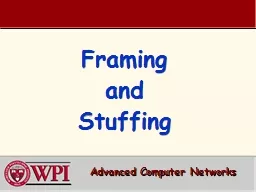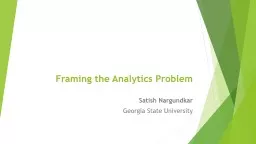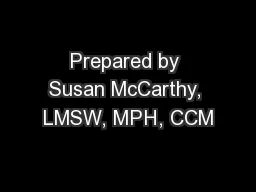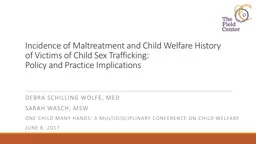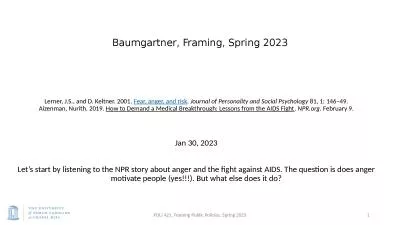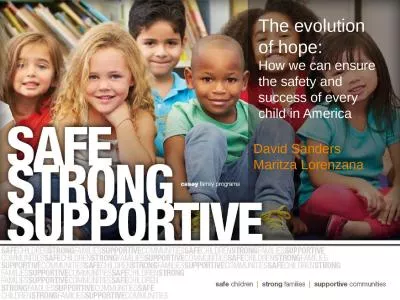PPT-Re-framing child maltreatment: from risk to
Author : calandra-battersby | Published Date : 2017-07-30
inequality Paul Bywaters Coventry University Destitution in England Neglect Estimated minimum of 312000 children in any one week in 2015 75 of whom were still destitute
Presentation Embed Code
Download Presentation
Download Presentation The PPT/PDF document "Re-framing child maltreatment: from risk..." is the property of its rightful owner. Permission is granted to download and print the materials on this website for personal, non-commercial use only, and to display it on your personal computer provided you do not modify the materials and that you retain all copyright notices contained in the materials. By downloading content from our website, you accept the terms of this agreement.
Re-framing child maltreatment: from risk to: Transcript
Download Rules Of Document
"Re-framing child maltreatment: from risk to"The content belongs to its owner. You may download and print it for personal use, without modification, and keep all copyright notices. By downloading, you agree to these terms.
Related Documents

